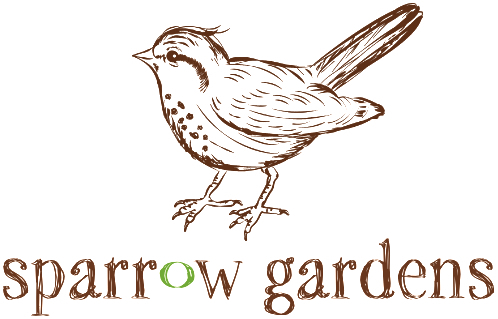high summer, echinacea's moment
We're experiencing a heat wave here on Cape Cod, with temperatures in the 90s and no rain in sight for the past few weeks. Everything is parched but the echinacea are loving it! Commonly known as Coneflower, echinacea are a member of the daisy family. There are nine species in the genus, with Echinacea Purpurea being the one most often used in herbal remedies and teas. Found only in eastern and central North America, the perennial flowers thrive naturally in dry prairies and open woodlands due to their deep taproots.
The name echinacea is derived from the Greek word ekhinos which means 'sea urchin,' referring to the spiny cone in the center of the flower. This cone is actually made up of tiny fertile flowers while the petals are the sterile flowers (or florets) which attract the bees and butterflies for pollination. Once the flower is pollinated, the petals fall off and the cone is left as a seed head. These seeds are wildly popular with the local goldfinches and many gardeners will leave the stems up throughout the early winter in order for the finches to enjoy the bounty.
While the classic pink Echinacea Purpurea has been in cultivation a long time, a bevy of new varieties has been introduced over the past ten years or so. New colors available include white, orange, yellow, greens, reds, as well as double cones with tufted centers, variants with reflexed petals, and petals with frills. The variety shown above, 'Green Jewel,' was found growing among an open population of Echinacea Purpurea in the Netherlands in 2005.
North American Plains Indians have traditionally used echinacea as an herbal remedy, and research seems to support the belief that the plant helps to boost the immune system. Three of the nine species are used for medicinal purposes: Echinacea angustifolia, Echinacea pallida, and Echinacea purpurea. Many remedies contain a combination of these species utilizing different parts of the plant, therefore the effectiveness may vary considerably from one product to another. An experienced herbalist or doctor knowledgeable in botanical medicine should be consulted before trying any herbal remedy as allergic reactions or conflicts with other existing medications or conditions can occur.
So if you're looking for a plant that's drought tolerant, deer resistant (did I forget to mention that!), perennial, reblooms without deadheading, self-sows, and attracts birds and butterflies - echinacea is it!
photo: Peter Vrabel

